Reddit AMA Recap: Yuichi Oyama and Junpei Takatsu
Recently, Yuichi Oyama and Junpei Takatsu were heavily involved in their latest anime work called “Suppose a Kid from the Last Dungeon Boonies moved to a starter town?” did a Reddit AMA as they answer fan questions along with discussing their struggles and hardships while working during the COVID19 pandemic. Junpei Takatsu is also a director of photography at LIDENFILMS and is also worked on “Cells at Work!” CODE BLACK. Before that, he was the director of photography for series like Kenka Bancho Otome -Girl Beats Boys-, Magical Girls Spec-Ops Asuka and Chronos Ruler along with Takayuki Sasaki from the production side to also chime in…
On what scene/show gave you the most difficult time in terms of producing and adapting it? And why is that?
Oyama-san: The biggest challenge was having to work under the conditions of coronavirus, while still trying to meet deadlines. Just doing everyday work that’s necessary to create each scene, we had to rethink how we do things. We were forced to do things with lots of trial and error and forced to rethink our ways. That was the biggest challenge/difficulty with LASDAN.
Takatsu-san: The biggest challenge for me was a particular scene in a final episode. I can’t say much without spoiling it, but it was a difficult scene to put together and it had so many cuts! Please look forward to it.
Sasaki-san: I have a unique position where I am a producer, creator, director, and so on. I wear many hats, so I find myself in-between the different departments. I deal with scheduling and everything that goes into the quality of the product we put out. I’m constantly the middle man, and that was a challenge and is always a difficult process.
On Oyama discussing his involvement in this project and how LIDENFILMS became involved along with whatever challenges he and the production team encounter in terms of balancing the humor with plot and dramatic elements?
Oyama-san: I think this question would be more for the director, who isn’t here today. But if I could speak for him, he really likes jokes and comedic scenes, so I think those funny moments/jokes are illustrated even stronger than in the original novel and portrays his preferences and tastes in comedy. Even for the serious elements and the battle elements, he had his own style with the animation. From my point of view, it’s just the director that leads that sort of balancing act and we follow it and makes sure that’s what gets produced.
On whether or not they all knew they wanted to work on Anime & Manga since their youth.
Oyama-san: Yes, I’ve always wanted to work in anime and manga. I was even a student at Yoyogi Animation School, which is known for animation. It’s always what I wanted to do and why I’m here.
Takatsu-san: As for me, I wasn’t always intending to get into the anime industry, but I had a very vague idea that I wanted to work in some sort of content creation and production. I was doing a lot of things like developing apps and creating games, but after everything, I finally landed in anime production. It’s the thing I enjoyed the most, so I stuck with it.
Sasaki-san: Originally, I was working in a completely different field. I worked for 3 years with Nakamuraya snacks. But eventually, I had a desire to work in anime and went to Yoyogi Animation School. After that, I jumped around to different companies like OLM, who does Pokemon, and after transferring to different jobs and positions, I found myself where I am now.
On which specific scenes did they feel were the most difficult to work on and was there anything they looked forward to the most when you found out you were working on this project?
Oyama-san: The aspect I really enjoyed was seeing each episode to completion. Every time an episode gets completed, it’s very enjoyable. When we get to the final episode, that is always an enjoyable moment for the production as well. LASDAN was originally a novel, so when I found out I was going to work on the animation for it, I thought about how we could portray these cool aspects of the novel into the anime. It was something that was always going on in my mind, but we were always trying to figure different things out as we went. I guess there was no initial “Oh, I’m really looking forward to something specifically,” but as we were working on it and working things out, it started to get interesting and enjoyable.
Takatsu-san: For me, I enjoy filming in general. I always find filming for a project enjoyable, but for LASDAN, I am lucky that there were no schedule delays and I was able to work comfortably. That was enjoyable. Portraying and illustrating characters in cutesy ways was enjoyable as well. When I hear others enjoy the cuteness and find the characters adorable, it makes me happy.
I have never really got involved in the fantasy genre, so this was a new thing for me. The swords, weapons, magic; all that stuff was something I never dealt with in film directing, so being able to do that is something l looked forward to.
On the difference between the director of photography and art director?
Takatsu-san: The shortest and easiest way I can explain it is that as a film director, or in film in general, what we do is put the character and the background together, make a composition for the scene and make the scenes move. That basically is what filming is, so as a director, I design how things look and manage the production process that goes into each scene. So design and management are my primary roles. My biggest responsibility as a director is that what we film in the studio is what will go live and broadcast all over the world. I make sure I don’t compromise on quality. Once we do it, there’s no going back. The only opportunity to go back and fix anything is for a home video release, so we would have to wait. When accidents happen, it can be really devastating. If a face doesn’t show up or someone is missing an entire hand or leg, it can lead to bad situations. My responsibility as a director is to make sure none of that goes out into the world.
On Oyama’s biggest responsibilities throughout production?
Oyama-san: Routine? Hmmm… There is no real steady routine in anime production. It seems like every day is pretty different. In the big picture of my entire day, I process information that comes my way or any materials that come my way, I look at it and process it. That and coming to work and checking emails. That’s pretty much the only thing that happens routinely. Again, every day is different. Sometimes, I have meetings with my team members and other creators. All in all, it’s a pretty free-form lifestyle. I’m definitely enjoying the freedom. As far as my biggest responsibilities, they primarily consist of managing the budget, managing time and things like that are the biggest as a producer. For me as a person, my biggest responsibility is making sure Takatsu-san and Sasaki-san are doing what I need them to do, no matter what. No matter if they ask is ridiculous, I ask them and cause them lots of trouble. Those are my biggest responsibilities.
On how long does one episode take to make from start to then being on Japanese Television and even on Funimation, and what edits need to be done for the web versions?
Oyama-san: On average, it takes 4 to 5 months to make an episode. For LASDAN, it took about a year to complete the first episode. We took a long time to make and complete the episodes.
And finally some parting words from the guests:
Oyama-san: There are still a couple of episodes left to air, but depending on the popularity of the series, we may or may not be able to work on a sequel. Please get out there and make your voices heard that you want a sequel, then maybe we can make that happen. Thank you!
Takatsu-san: I think we’re getting into the later part of the series now. You’ve all seen Lloyd portrayed as an adorable, cute person in general. In the second half, you will start to see more battle scenes and serious tones with Lloyd and the anime in general. I’m very excited to show you all what I did with the atmosphere and the battle scenes. I hope you all are looking forward to it. Thank you!
Sasaki-san: Going into the second half of the series, where we follow Lloyd’s adventure, there will be more comedy, more laughs, more love, more tears. There’s going to be a lot of feels out there. Please look forward to it. Thank you!

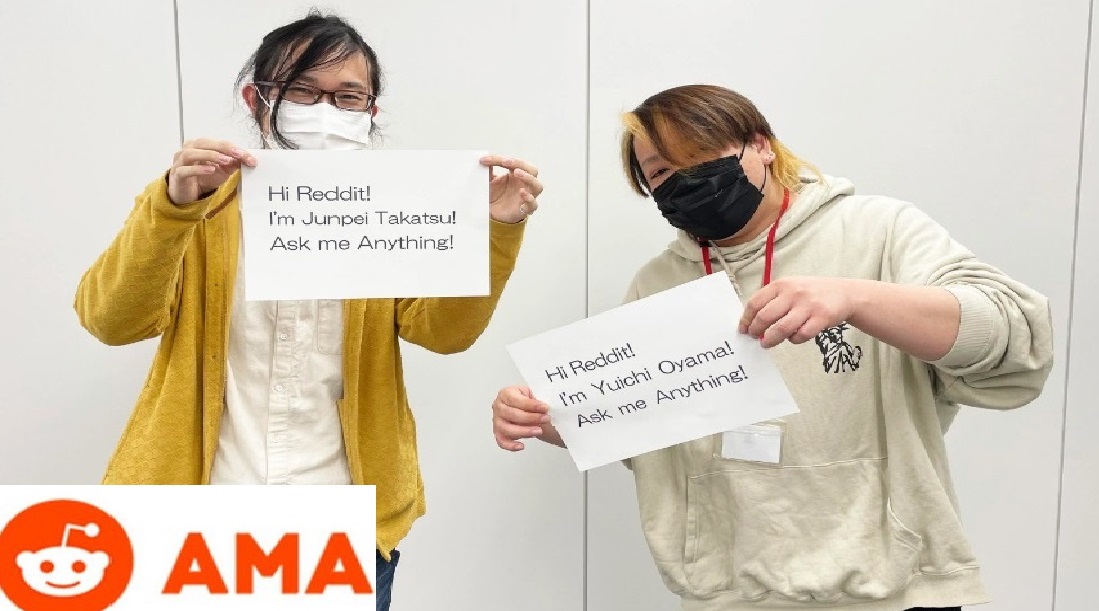
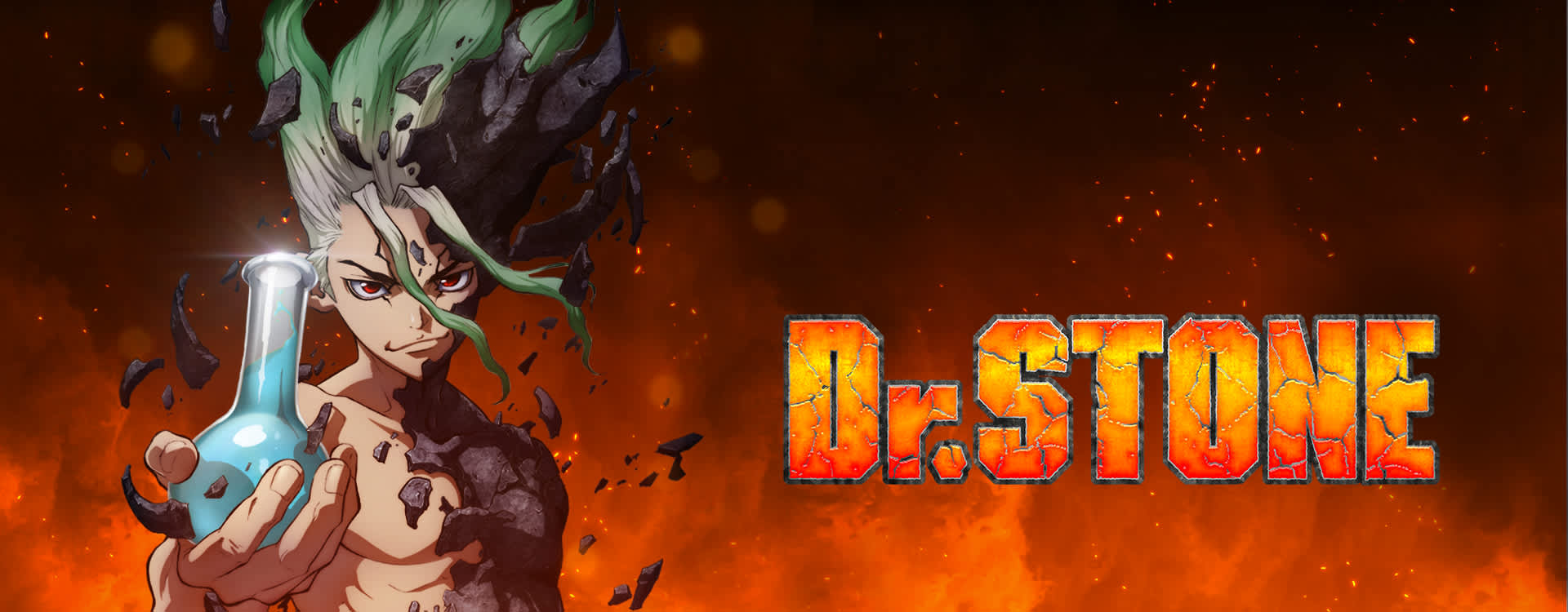


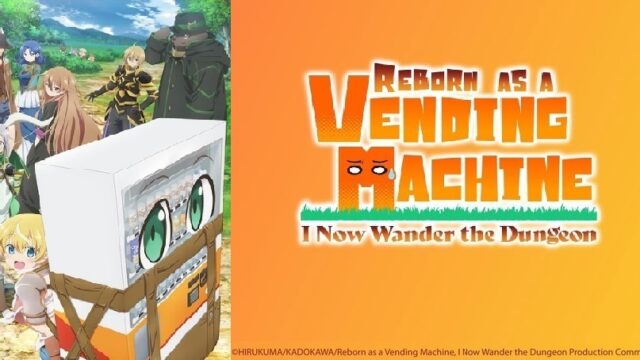








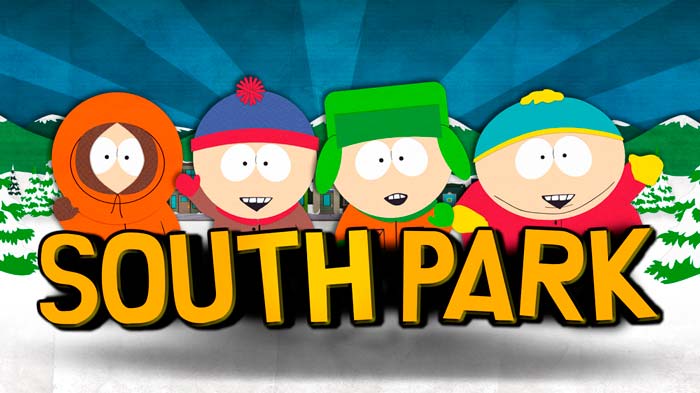


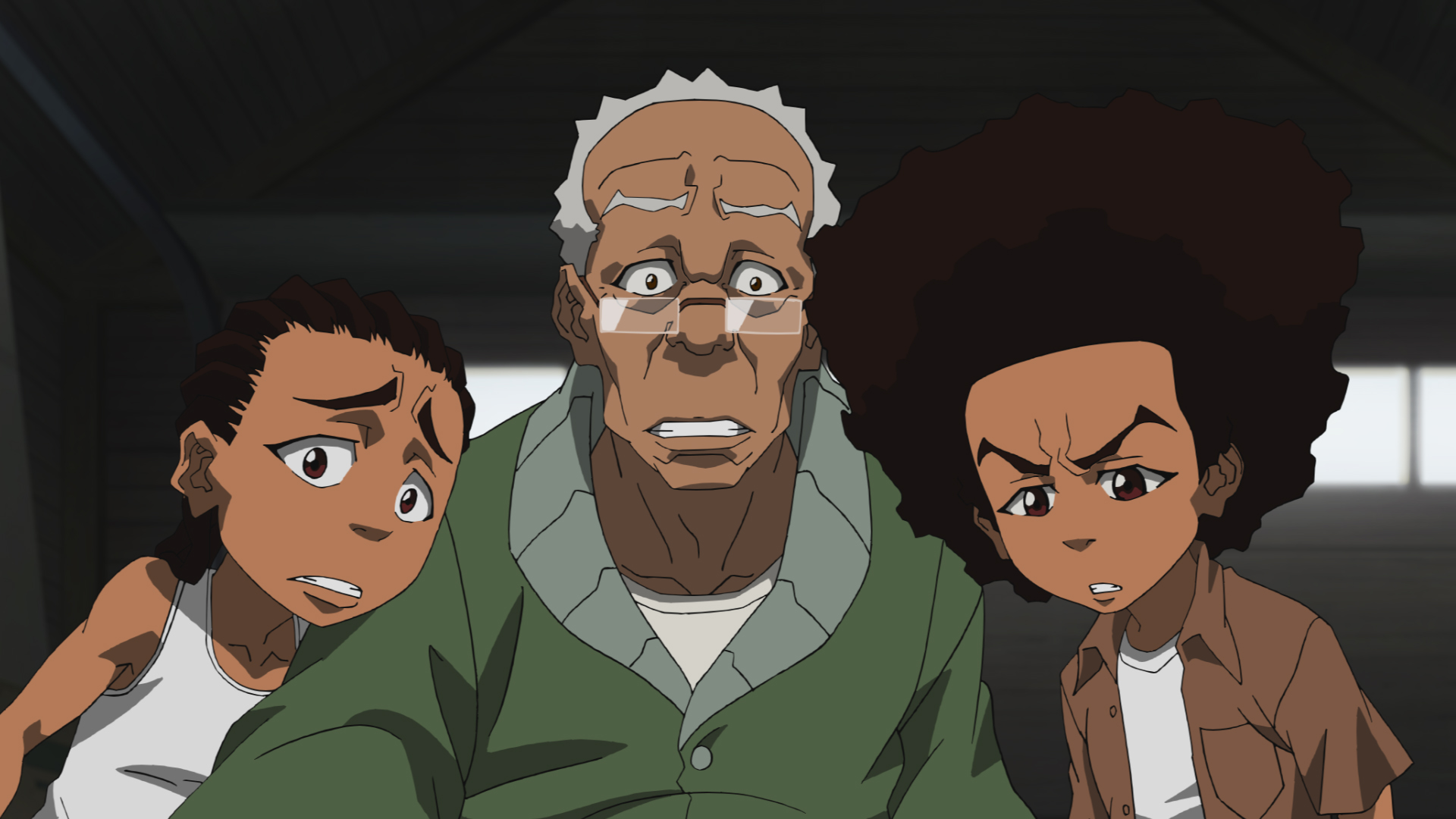





"There are also other characters that come and go (also owned by the Warner Bros. Discovery conglomerate media company)."
Huh. Is that just referring to other characters from the show itself, or is this implying that the new season is going to have cameos from other WBD IPs